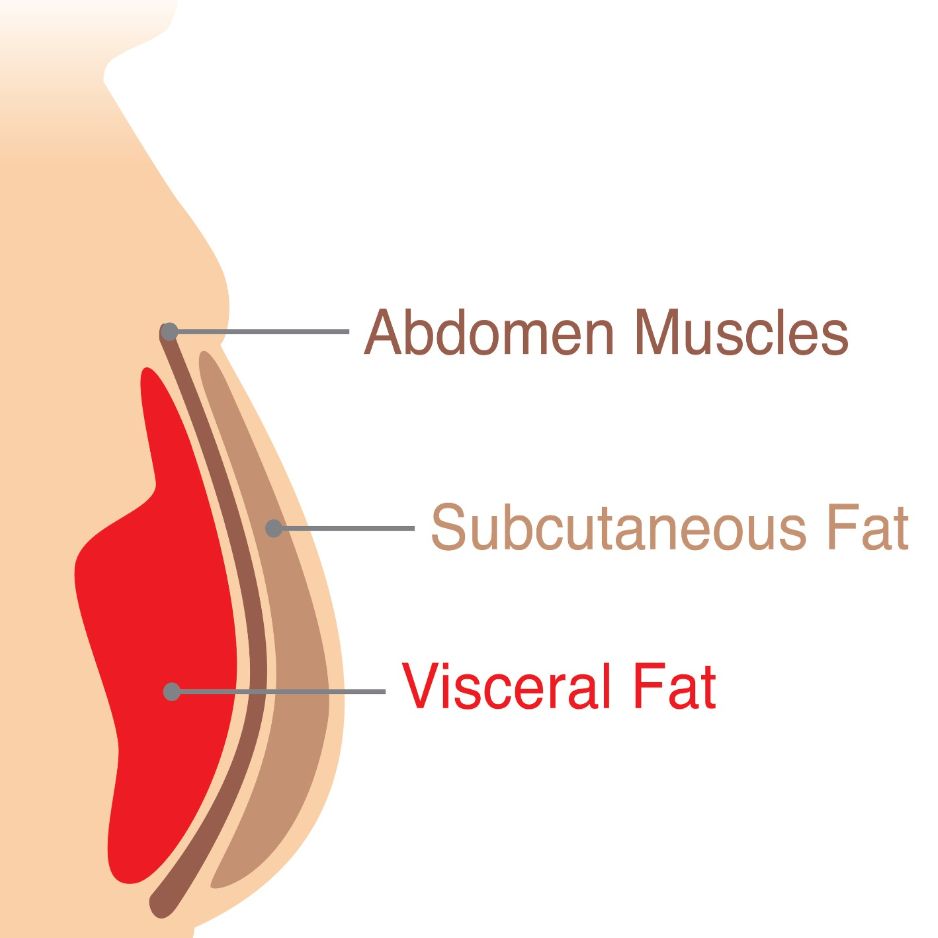Zepbound Weight-Loss Results: Efficacy and Safety Overview
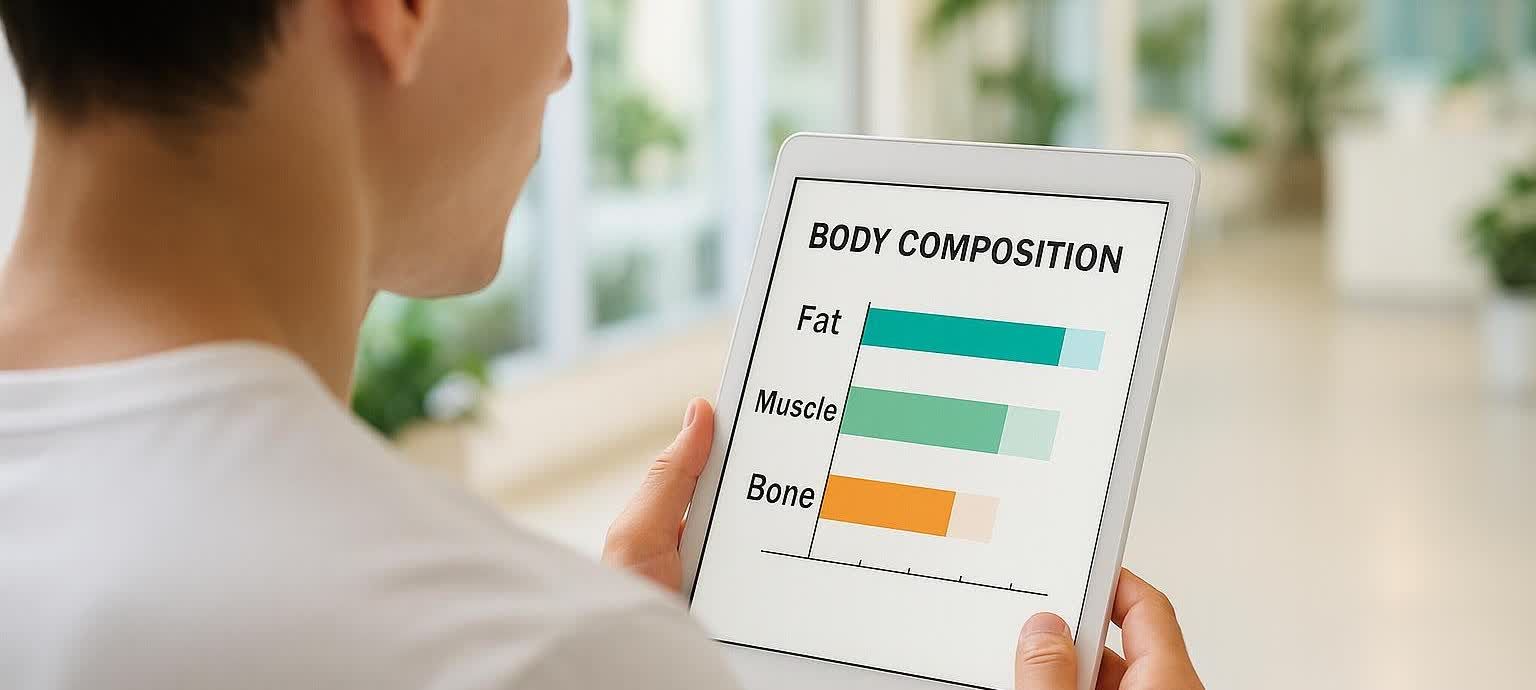
Zepbound Weight-Loss Results: Timeline, Efficacy, and Safety Explained
Disclaimer: This article is for educational purposes only and does not constitute medical advice. Always consult a licensed healthcare professional before starting, stopping, or changing any medication or exercise program.
Losing weight is not just about seeing a smaller number on the scale—it’s about how fast that number moves, how long the progress sticks, and whether you are losing fat or muscle. Since the FDA cleared Zepbound (tirzepatide) for chronic weight management on November 8, 2023, web searches for “Zepbound results” have exploded.
This guide breaks down the latest clinical data, compares Zepbound (a dual GIP/GLP-1 agonist) to the GLP-1 agonist Wegovy, and shows you how to track real-world changes—down to fat versus muscle—using a BodySpec DEXA scan.
Quick Takeaways
| Question | Short Answer |
|---|---|
| Average total weight loss | ~21 % (≈ 50 lb) at 72 weeks on 15 mg in SURMOUNT-1 (NEJM 2022) |
| How soon will I see results? | Most participants start losing within the first 4 weeks, with the steepest drop during months 3–6 (same source). |
| Is it better than Wegovy? | Yes—20.2 % vs 13.7 % weight loss at 72 weeks in a head-to-head open-label trial (SURMOUNT-5) (Eli Lilly 2024). |
| How long do results last? | ~23 % mean loss maintained over 3 years in follow-up SURMOUNT-1 data presented at ObesityWeek 2023 (reported by Verywell Health 2024). |
| Common side effects | Nausea, diarrhea, constipation—mostly during dose escalation (Drugs.com). |
1. How Zepbound Works (plain English version)
Zepbound is a once-weekly injection that activates two satiety hormones at once—GIP and GLP-1. Think of it as pressing your body’s “I’m full�” button while turning down the “feed me” signal. The result: lower appetite, slower gastric emptying, and better blood-sugar control—key ingredients for sustained fat loss.
2. Clinical Trial Results at a Glance
Key weight-loss endpoints

| Trial | Population | Dose | Duration | Mean % Weight Change (Comparator) |
|---|---|---|---|---|
| SURMOUNT-1 (NEJM 2022) | BMI ≥ 30 or ≥ 27 + comorbidity | 5 mg | 72 wk | –15.0 % vs placebo –3.1 % |
| 10 mg | –19.5 % vs placebo –3.1 % | |||
| 15 mg | –20.9 % vs placebo –3.1 % | |||
| SURMOUNT-2 (Lilly HCP) | BMI ≥ 27 + T2D | 15 mg | 72 wk | –14.7 % vs placebo –3.2 % |
| SURMOUNT-5 (head-to-head) (Eli Lilly 2024) | BMI ≥ 27 (no T2D) | 15 mg | 72 wk | Zepbound: –20.2 % • Wegovy: –13.7 % |
Weight-loss milestones (SURMOUNT-1)
- ≥ 5 % loss — 85–91 % of users by 72 weeks
- ≥ 10 % loss — 78–84 %
- ≥ 20 % loss — ≈ 57 % on the 15 mg dose
3. Timeline: How Fast Will You Lose?
Below is an approximate trajectory based on mean curves from SURMOUNT-1. The “Typical experience” column summarizes observations commonly reported in patient-education materials and clinician follow-ups.
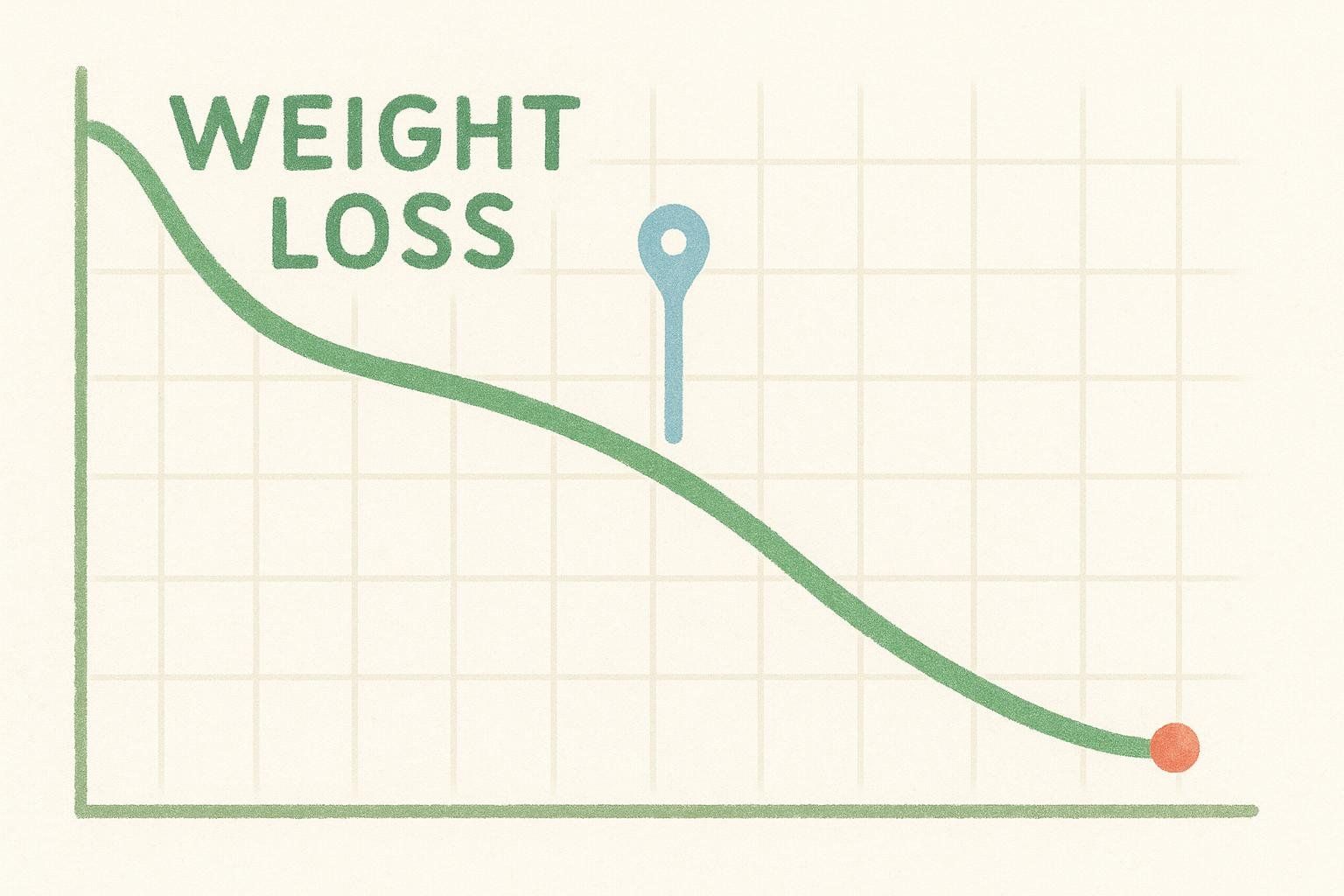
| Week | Cumulative % Loss (15 mg) | Typical experience |
|---|---|---|
| 4 | –2–3 % | Mild nausea; noticeably smaller appetite |
| 12 | –8–10 % | Clothes fitting looser; early motivation boost |
| 24 | –14–16 % | GI issues ease; energy rebounds |
| 52 | –19–21 % | Plateau possible as body defends new set point |
| 72 | –20–22 % | Many users report holding steady after one year |
Why Plateaus Happen—and How to Track Them
Weight loss rarely follows a straight line. Hormonal adaptation, metabolic slowdown, and lifestyle slip-ups all play a role. A DEXA scan shows whether a stall is fat-loss slowdown or shifts in water or muscle. If progress stalls, see our guide on overcoming fitness plateaus.
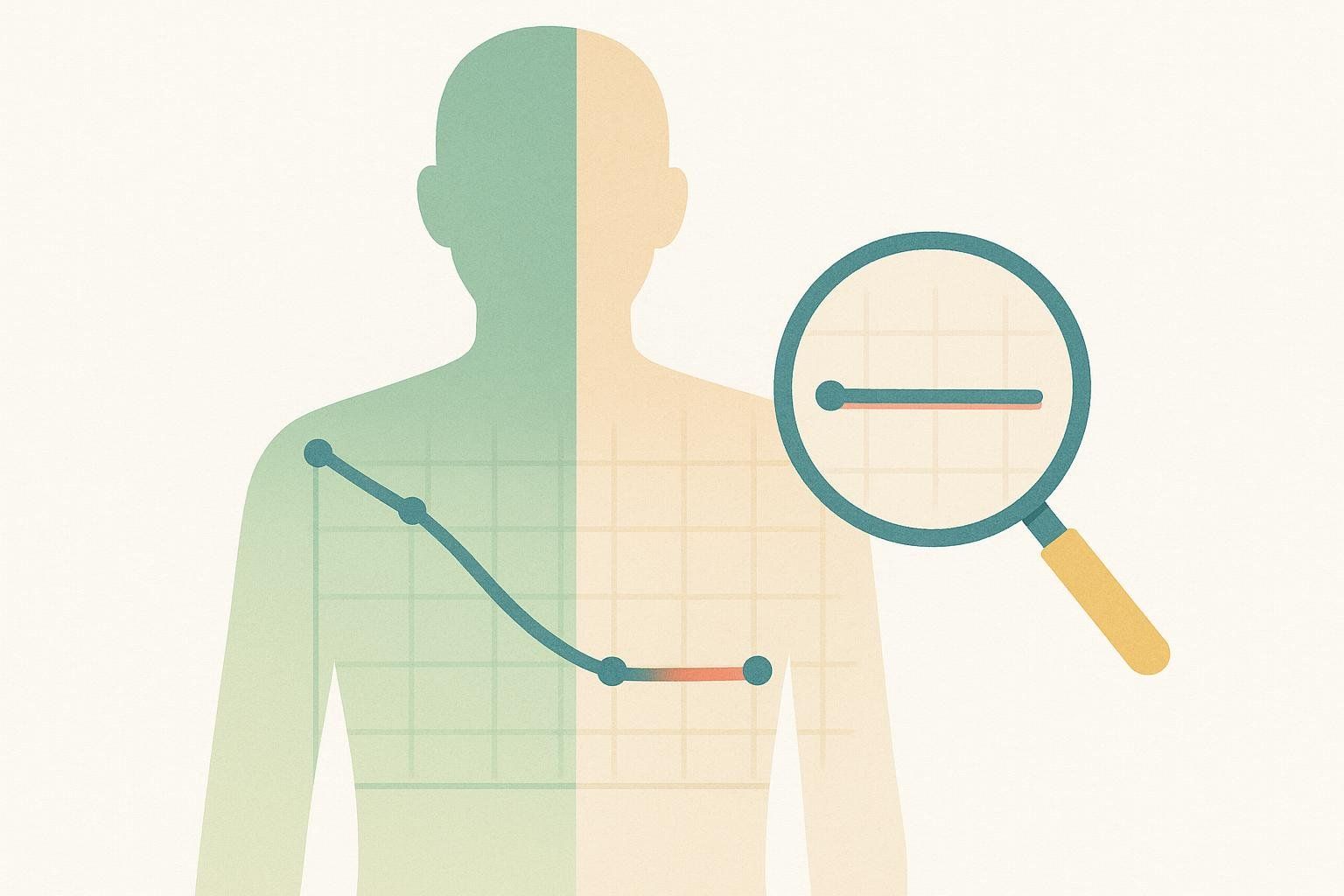
4. Zepbound vs Wegovy—Side-by-Side
| Metric @ 72 weeks | Zepbound 15 mg | Wegovy 2.4 mg | Advantage |
|---|---|---|---|
| Mean weight change | –20.2 % | –13.7 % | 47 % greater |
| ≥ 15 % loss | 64.6 % | 40.1 % | +24.5 ppt |
| Waist reduction | –7.2 in | –5.1 in | 2.1-inch greater reduction |
| Discontinuation (AEs) | 6.1 % | 8.0 % | –1.9 ppt |
Source: Eli Lilly SURMOUNT-5 release.
5. Body Composition: Fat vs Lean Mass
A scale can’t reveal where the weight came from. In the SURMOUNT-1 DEXA substudy, participants on 15 mg tirzepatide lost about 18 kg (≈ 40 lb) of fat mass versus 2.6 kg (≈ 6 lb) in the placebo group—more than six-times greater fat reduction—while preserving a higher share of lean tissue (NEJM 2022).
DEXA showed a preferential reduction of adiposity with relative lean-mass preservation. — Study authors
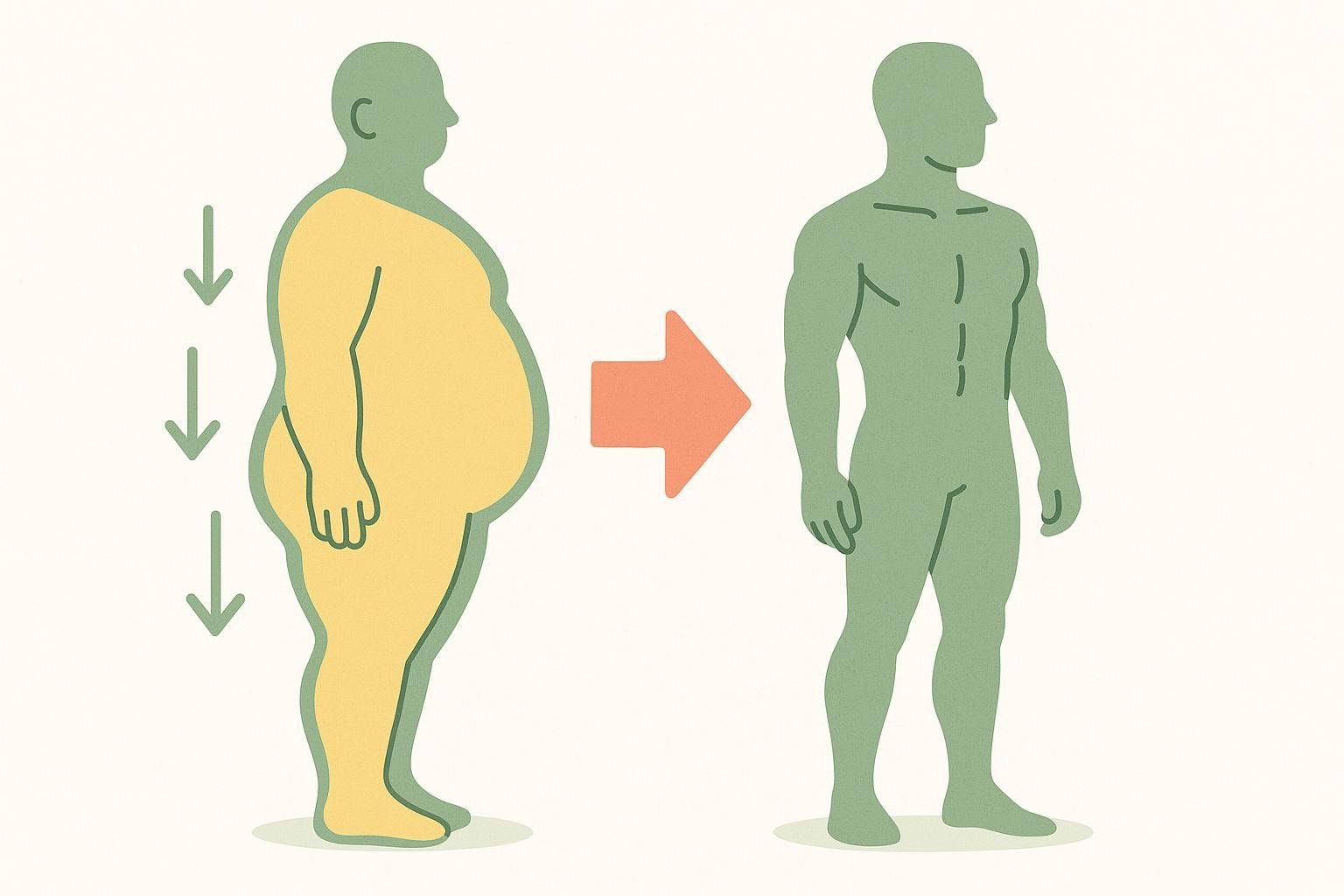
Regular scans let you:
- Confirm the ratio of fat to lean loss
- Adjust protein and strength training to protect muscle
- Track visceral-fat shrinkage, a key heart-health marker
Ready? Learn how to book your scan and establish your baseline before starting medication.
6. Who Tends to Do Best?
A 3-year SURMOUNT-1 extension presented at ObesityWeek 2023—summarized by Verywell Health—suggests greater weight loss in:
- Females compared with males (especially in the first 6 months)
- Individuals without obesity-related comorbidities (e.g., no hypertension)
- Early responders—those losing > 10 % by week 24 almost always reach ≥ 20 % by week 72
7. Safety Snapshot & Side-Effect Tips
Most adverse events are GI-related and occur during dose escalation. Strategies below are commonly mentioned in resources such as the Mayo Clinic, NimbleRx, and Drugs.com.
| Side effect | Incidence ≥ 5 % | Practical suggestions |
|---|---|---|
| Nausea | 25 % | Small, low-fat meals; ginger or peppermint; consider evening injections |
| Diarrhea | 19 % | Stay hydrated; add soluble fiber (psyllium) |
| Constipation | 17 % | Gradually increase dietary fiber; magnesium citrate; light walks |
| Injection-site reaction | 6 % | Rotate sites; let pen reach room temperature |
| Hair loss | 5 % | Usually temporary—discuss concerns or nutrition with your clinician |
Serious but uncommon risks include pancreatitis, gallbladder disease, and potential thyroid C-cell tumors (see FDA boxed warning on Drugs.com). Always review your medical history with a qualified professional.

8. Real-World Tracking: Combining Medication & Metrics
Medication provides the biological tailwind; consistent metrics keep you on course.

- Baseline DEXA + RMR (resting metabolic rate)
- Weeks 1–12: monthly scale and waist measurements; weekly habit logs
- Week 12 DEXA: confirm fat/lean trajectory
- Months 6 & 12 DEXA: catch plateaus early; tweak nutrition and training
- Every 6 months thereafter: maintain accountability and monitor lean mass
Need a refresher on body-fat categories? See our article on understanding body-fat percentage charts.
9. FAQ—Fast Answers
How much weight can I realistically expect to lose?
Clinical averages hover around 15–21 % of starting weight (NEJM 2022). Half of users on 15 mg lost more than 20 % in SURMOUNT-1.
Do results differ if I have type 2 diabetes?
Yes. Expect slightly smaller drops (about 13–15 %) due to insulin resistance (Lilly HCP).
What happens if I stop taking Zepbound?

In SURMOUNT-4, participants switched to placebo regained roughly 14 % of the weight they had lost, whereas those who stayed on therapy maintained their results (Eli Lilly 2023).
Is insurance covering it?
Coverage varies. Lilly offers a savings card, and many commercial plans reimburse after prior authorization. Without coverage, monthly cost can exceed $1,000.
Can I exercise while on it?

Absolutely. Resistance training helps preserve lean mass and improves DEXA outcomes.
Take the Next Step
Bathroom scales tell only part of the story. Schedule your BodySpec DEXA scan to see precisely what’s changing beneath the skin and keep your Zepbound journey data-driven from day one.
